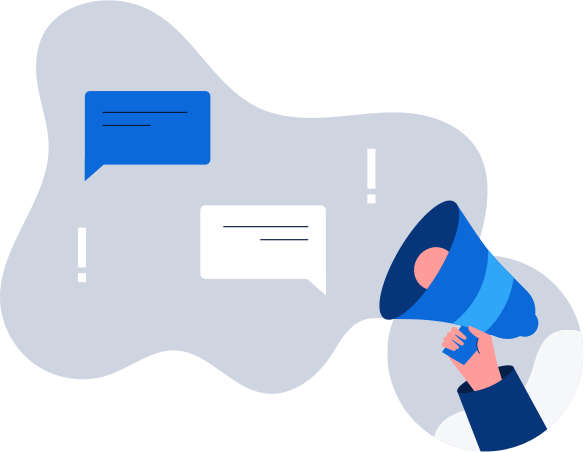How to get a Finnish IP address
The easiest way to improve your digital privacy is to switch your IP address using a VPN. We’ll …
Credit and debit cards could soon take a backseat to the newest and hottest form of payment to date: the mobile wallet. In October 2014, Apple cornered the mobile wallet market by introducing Apple Pay, a new app that experts predict will be a huge hit.
Born of Near Field Communication (NFC) technology, Apple Pay lets iPhone and iPad owners use their devices to pay for items in-store. Let’s say that you visit your local supermarket, pick up a bunch of bananas, and tap your iDevice to the scanner in the check-out lane. The two devices “communicate” with each other via magnetic field induction. The topic of their discussion, of course, is your banana transaction.
Indeed, Apple Pay is a shiny new option for owners of iOS 8.1 or later. How do you use Apple Pay, and how does it rate in terms of convenience and security?
Apple Pay is a snap to set up. Simply open the Passbook on your iOS device, and add your debit or credit card information. Most major banks participate with Apple Pay, but if you’re not sure whether your bank is compatible, simply check the Apple website to find out. If you already have a card on file with iTunes, you can easily select that as your default card for Apple Pay.
When the time comes to pay for your goods, simply hold your device near the POS terminal. The credit/debit information that you’ve pre-programmed into your phone will automatically appear on your screen. With the swipe of your thumbprint, you give your approval, bag your goods, and continue on your way.
The biggest problem that you might encounter is not Apple Pay itself, but all the confused clerks who don’t know about the app yet. Apple Pay just launched, and plenty of cashiers aren’t familiar with it. Granted, Apple Pay isn’t complicated to understand, but there will be a learning curve.
Without question, Apple Pay is a convenient way for iOS users to pay for merchandise. No longer will you need to dig through your purse or wallet for your card. If you left your card at home, no sweat. Your iDevice’s pre-stored information is all you need.
But is Apple Pay secure? On the plus side, Apple Pay assigns a string of unique-yet-random data to each transaction so that cashiers, computer systems, and other prying eyes never see your credit card data. The string of random data, called a “token,” expires after the transaction completes and cannot be used again. This secret-code security feature is called “tokenization,” and it’s a concept that 22 of the world’s largest banks endorse as a way to protect themselves against theft and fraud.
Tokenization makes Apple Pay more secure than any credit card, including magnetic-strip cards and the more advanced chip-and-PIN cards. But if you lose your phone, could a stranger make off with all your money? Apple offers an app for that worrisome situation. It’s called Find My iPhone, and it helps you find your missing device on a map and lock it remotely so strangers can’t make purchases with your money.
Granted, the Find My iPhone app is a nice safety net. But according to anecdotal evidence from Apple’s support forums, some iDevice owners have had their phones/tablets held for “ransom” by unsavory characters who hacked the owners’ usernames/passwords and logged into their iCloud accounts. If this happens to you, change your Apple password ASAP, and consult the Apple support website for further instructions.
Apple Pay isn’t the only contender in the world of mobile wallets. Here’s a peek at Apple Pay’s major competitors and what you can expect from each of them:
Each mobile wallet has its advantages, but experts predict that Apple Pay will ultimately trump them all. The security measures offered by Apple are incomparable to anything else on the market, and the Apple name is trusted perhaps even more than Google. Furthermore, more than 800 million people hold iTunes accounts, which means their credit card information is already plugged in and ready to be used.
We know that digital wallets are safer than plastic, but that doesn’t mean that it’s okay to be careless once you get one. Adhere to the following tips:
Apple Pay is still in beta mode, and we don’t know yet how successful it will be. The good news is that it’s a more secure form of payment than anything that we’ve seen. The bad news: Nothing’s perfect. You still have to take measures to protect yourself, and security risks exist.
